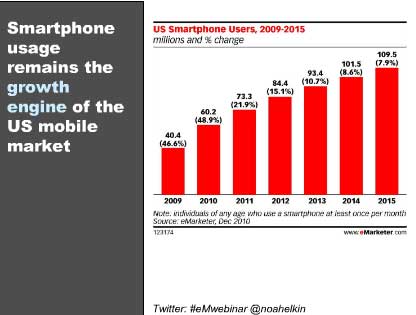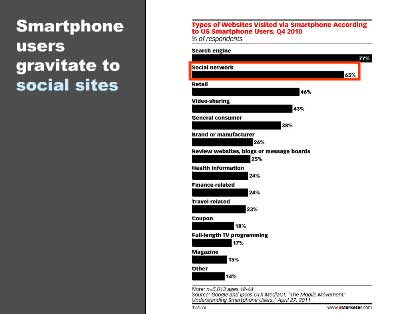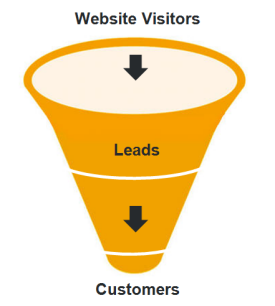 The internet has dramatically changed how businesses connect and interact with their customers. The possibilities are growing exponentially. Websites used to be static brochures, now they are often interactive and ever changing. We can now add information more easily than ever before. In addition to the changes to how we can connect through our websites, we now have social media to add to the mix. We can now connect through Facebook, LinkedIn, Twitter, Pinterest and many more.
The internet has dramatically changed how businesses connect and interact with their customers. The possibilities are growing exponentially. Websites used to be static brochures, now they are often interactive and ever changing. We can now add information more easily than ever before. In addition to the changes to how we can connect through our websites, we now have social media to add to the mix. We can now connect through Facebook, LinkedIn, Twitter, Pinterest and many more.
Businesses can spend untold amounts of money and time building their online presence, but what are they getting for it? What is their ROI? ROI = Return on Investment. It is important that businesses invest in what works, and smart businesses measure to see what is working. They use analytics to track sources of traffic. They use tracking codes for links to see how effective they are. They utilize calls to action and measure how effective they are at converting traffic into leads.
If your business is spending time and money on your internet presence but don’t know what your ROI is, you are missing half of the equation. And, the half you are missing could make a difference between success and failure.
Make sure you have an analytics program in place and that you have set relevant, measurable goals for success. Here are some of the metrics you should be measuring:
- Website Grade: How well optimized is your website overall?
- Traffic: Overall, how many people are coming to your website?
- Leads: How much of this traffic are you converting into leads (e.g. potential customers)?
- Customers: How many sales did you close this month?
- Customer Acquisition Cost: How much are you investing to draw in each new customer?
- New vs. Repeat Visitors: Of your overall traffic, how many visitors are returning to your site, and how many new people are finding you?
- Effectiveness by Channel: What promotional channels or referring sources are sending you the most traffic?
- Traffic by Keywords: Which keywords are drawing in the most visitors to your site?
Steps for Improvement
The following are some elements of your website you can refine so you can reach your broader goals:
- Keywords: Try new keywords or variations of keywords to see if they help you get found better.
- On-Page SEO: See if changing a simple on-page factor can help boost visits.
- Conversions: Try new things with your conversion forms or landing pages.
- Content Strategy: Determine which content is generating the most traffic.
- Social Media Promotions: Evaluate which social media channels are generating the most site visitors and leads.
- Lead Nurturing: Maybe you’re sending emails too frequently — or not frequently enough.
The key is to always keep experimenting and testing.
{ 0 comments }







 There are important things you should measure, and the funnel will help you envision them. And the best part is it isn’t hard to get this information!
There are important things you should measure, and the funnel will help you envision them. And the best part is it isn’t hard to get this information!
 The three steps to inbound marketing are: 1) Get Found; 2) Convert; and 3) Analyze. Often, a great deal of time is spent on getting found and not as much attention is given to converting and analyzing. How can we be successful without converting, and how can we know if we are successful (or not) without analyzing?
The three steps to inbound marketing are: 1) Get Found; 2) Convert; and 3) Analyze. Often, a great deal of time is spent on getting found and not as much attention is given to converting and analyzing. How can we be successful without converting, and how can we know if we are successful (or not) without analyzing?